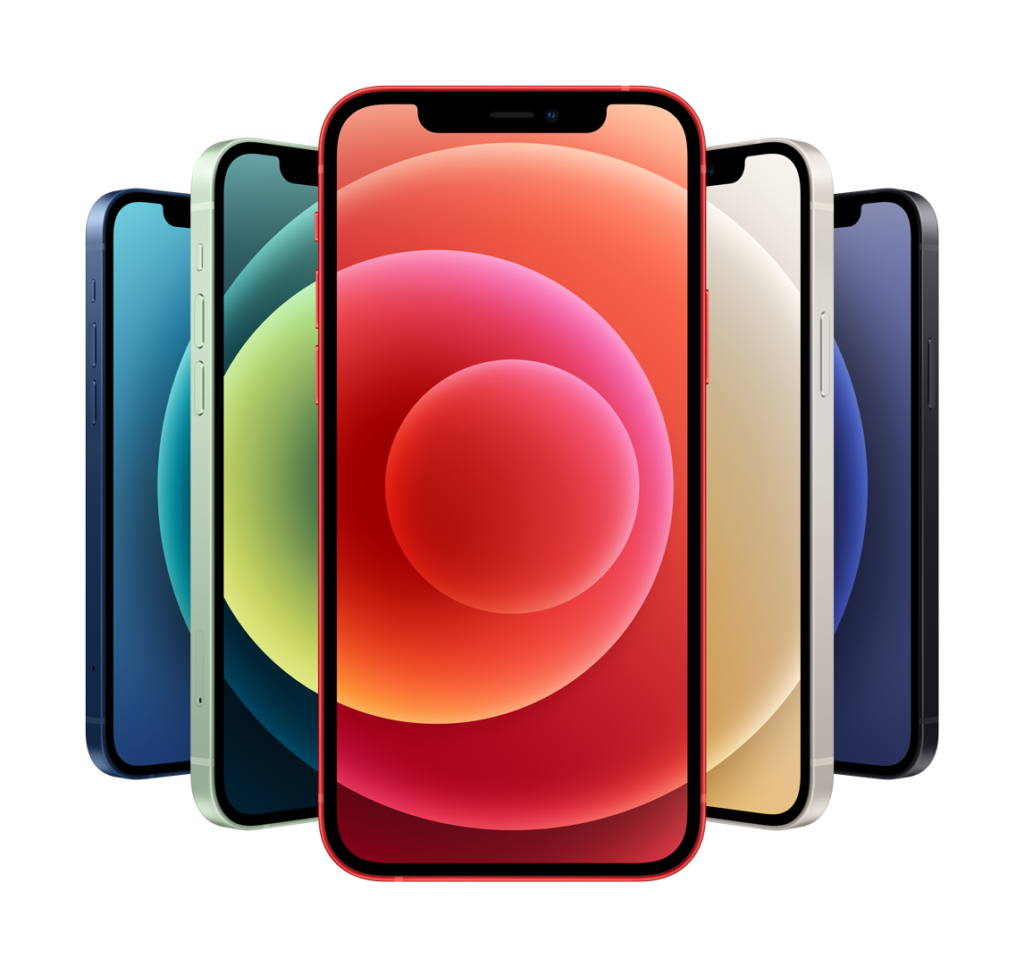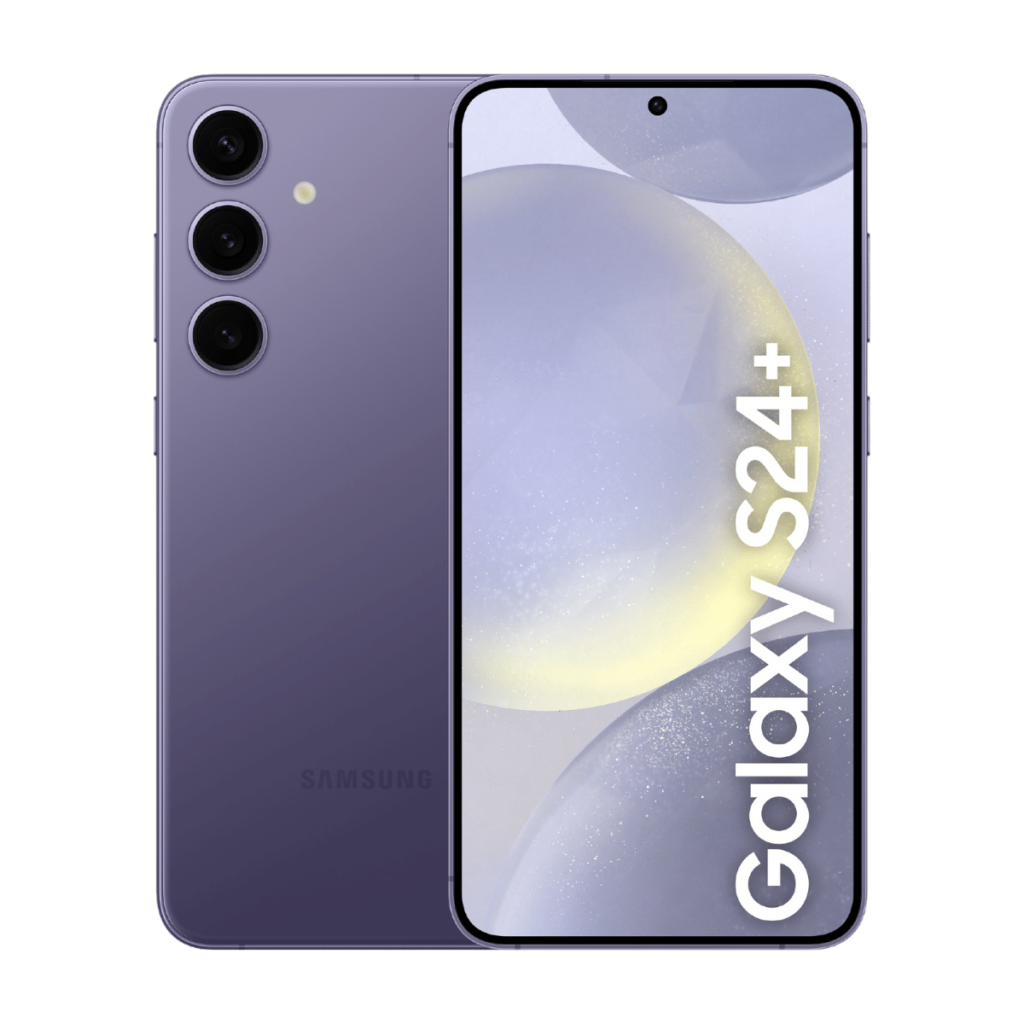UV Vision and Pirate Ships: Hidden Treasures in Plain Sight
The human eye perceives less than 0.0035% of the electromagnetic spectrum. This biological limitation creates entire worlds invisible to us—worlds that animals, pirates, and modern technology have learned to exploit. From ultraviolet patterns on flowers to hidden ship markings, this article explores how expanding our perceptual boundaries reveals treasures hiding in plain sight.
Table of Contents
1. The Science of Hidden Perception
a. Defining UV Vision and Biological Significance
Ultraviolet vision (300-400 nm wavelength) exists in butterflies, reindeer, and many bird species. Unlike humans with three cone types, UV-seeing animals have four photoreceptor types. The mantis shrimp holds the record with 16 color receptors, perceiving polarized light and UV simultaneously.
b. Pirate Perceptual Exploitation
Historical records show pirates used:
- Linen sails treated with UV-reflective lime washes
- Clothing dyes visible only under moonlight (UV-rich conditions)
- Ship hull markings using uric acid (visible to birds but not humans)
c. Thesis: Hidden in Plain Sight
“The most valuable treasures aren’t buried—they’re overlooked because we lack the right perceptual tools.”
2. Invisible Worlds: How UV Vision Reveals What Eyes Can’t See
| Species | UV Adaptation | Practical Application |
|---|---|---|
| Honeybees | See nectar guides on flowers | Pollination efficiency increased 3x |
| African Grey Parrot | Recognizes UV-reflective feathers | Passes mirror self-recognition test |
The Moon’s lack of atmosphere means UV radiation isn’t filtered. Apollo mission photos reveal lunar surface details invisible from Earth—a principle pirates exploited when navigating by moonlight.
3. Pirate Deception: Camouflage as Ancient UV Manipulation
Analysis of the Whydah Gally shipwreck revealed:
- Sails treated with zinc oxide (reflects UV)
- Hidden compartment markings using squid ink (UV-absorbent)
- Navigation charts with UV-reactive lichen dyes
A 1718 pirate logbook recovered near Madagascar contained invisible ink instructions for finding safe harbors, visible only under specific moonlight angles.
4. Modern “Treasure Hunts”: From Pirates to Pirots 4
Contemporary UV detection systems like Pirots 4 apply these biological principles. Their multispectral sensors can:
- Detect document alterations invisible under normal light
- Identify art forgeries through pigment UV signatures
- Locate archaeological sites via soil reflectance patterns
However, such technology raises ethical questions when used for surveillance without consent—a modern parallel to pirate espionage tactics.
5. Beyond Sight: Cognitive Blind Spots
Galileo’s discovery of Jupiter’s moons was initially dismissed because “the heavens were perfect”—showing how cultural bias creates perceptual blinders. Modern AI systems now detect:
- Climate patterns invisible to human analysts
- Medical anomalies in early-stage scans
- Archaeological sites via satellite UV reflectance
6. Conclusion: Training to See the Unseen
The pirate’s hidden markings, the parrot’s UV vision, and modern spectral analysis all teach the same lesson: reality contains layers invisible to default perception. By combining historical wisdom with technological augmentation, we can uncover treasures—both literal and metaphorical—that have always surrounded us.




